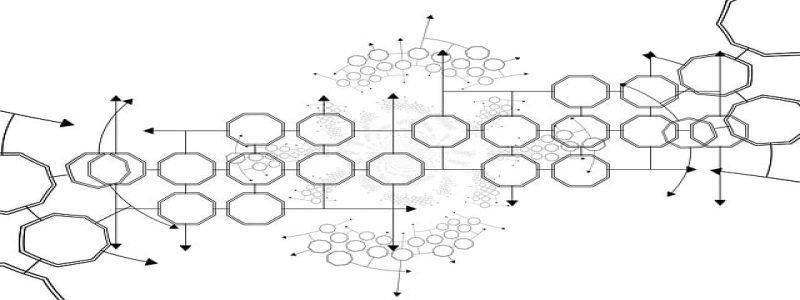QSFP-DD Specification
1. Introduction
1.1 Overview
1.2 Purpose of the Specification
2. Electrical Interface
2.1 Pinout
2.1.1 Electrical Pinout
2.1.2 Mechanical Pinout
2.2 Signal Integrity
2.2.1 Impedance Control
2.2.2 Crosstalk Mitigation
2.2.3 Equalization
2.3 Power Supply
2.3.1 Voltage and Current Requirements
2.3.2 Power Management
3. Mechanical Specifications
3.1 Form Factor
3.1.1 Dimensional Specifications
3.1.2 Connector Configuration
3.2 Electrical Connector
3.2.1 Performance Requirements
3.2.2 Mating and Unmating Forces
3.3 Thermal Design
3.3.1 Thermal Dissipation
3.3.2 Heat Sink Recommendations
4. Optical Interface
4.1 Laser and Photodiode Specifications
4.1.1 Laser Wavelengths
4.1.2 Photodiode Sensitivity
4.2 Optical Specifications
4.2.1 Optical Transceiver Compliance
4.2.2 Transmitter and Receiver Characteristics
4.3 Optical Connector
4.3.1 Connector Configuration
4.3.2 Mating and Unmating Forces
5. Electrical and Optical Performance
5.1 Bit Error Rate (BER)
5.1.1 Testing Methodology
5.1.2 BER Requirements
5.2 Eye Diagram
5.2.1 Eye Mask Testing
5.2.2 Eye Opening Requirement
5.3 Signal Quality
5.3.1 Jitter and Noise Specifications
5.3.2 Signal-to-Noise Ratio (SNR) Requirements
6. Compliance and Certification
6.1 Testing and Validation
6.1.1 Compliance Testing Procedures
6.1.2 Certification Requirements
6.2 Regulatory Standards
6.2.1 FCC Compliance
6.2.2 CE Certification
7. Conclusion
7.1 Summary of Specifications
7.2 Future Developments and Upgrades
The QSFP-DD Specification provides a comprehensive guide to the electrical, mechanical, and optical aspects of the QSFP-DD (Quad Small Form-factor Pluggable Double Density) module. This article will elaborate on the different sections of the specification.
In the introduction, an overview of the QSFP-DD module is given, highlighting its purpose and significance in high-speed data transmission applications. The electrical interface section details the pinout configuration, signal integrity considerations, and power supply requirements for the module.
The mechanical specifications section focuses on the form factor of the QSFP-DD module, providing dimensional specifications and connector configuration details. Additionally, thermal design guidelines are presented to ensure efficient heat dissipation.
The optical interface section discusses laser and photodiode specifications, including wavelengths and sensitivity requirements. It also outlines the optical transceiver compliance, transmitter and receiver characteristics, and details the optical connector configuration.
The electrical and optical performance section delves into key metrics such as Bit Error Rate (BER), eye diagram analysis, and signal quality parameters like jitter and noise specifications. This ensures the QSFP-DD module meets the necessary performance standards.
Compliance and certification steps are outlined in a dedicated section, including testing procedures and regulatory standards such as FCC compliance and CE certification.
In conclusion, the QSFP-DD Specification serves as a comprehensive guide for manufacturers and users of the QSFP-DD module, providing detailed specifications for its electrical, mechanical, and optical aspects. It also emphasizes future developments and upgrades to enable continuous improvement in high-speed data transmission technologies.







